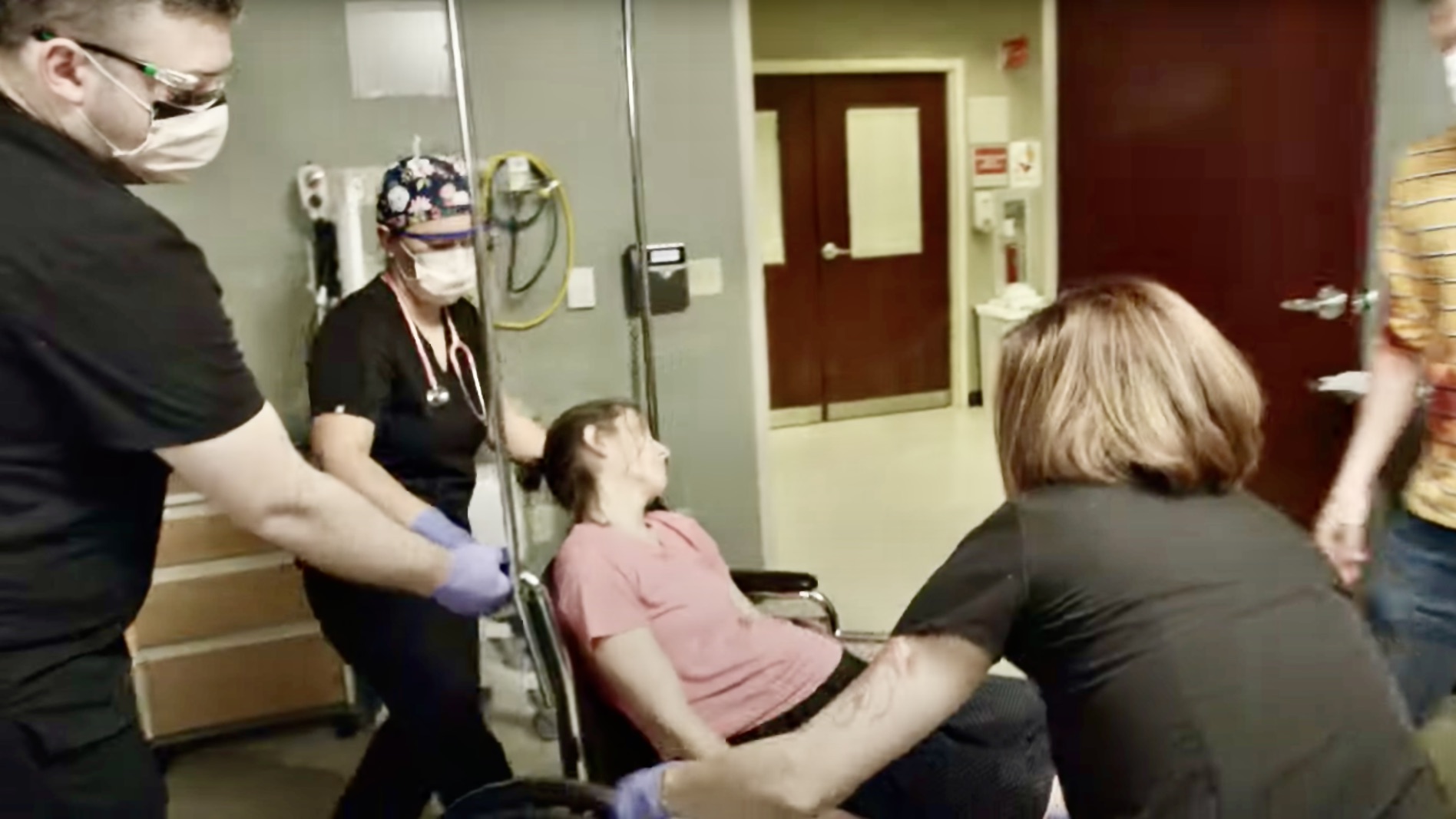
Postpartum hemorrhage is the leading cause of maternal death worldwide, responsible for roughly 94% of birth-related fatalities. In America, 20 in 100,000 women die from maternal hemorrhage every year, and the rate is even higher in developing countries.1
Slow recognition of postpartum hemorrhage and delays in treatment contribute to significantly higher rates of maternal morbidity and mortality. However, recent studies show that between 73% and 93% of these deaths are preventable with early and adequate fluid resuscitation and blood transfusion.2 Unfortunately, traditional methods for rapid blood transfusion, including pressure bags, rapid infusers, and the push-pull technique, are difficult or time-consuming to use and often introduce delays in care.3
The following case illustrates a positive outcome for a patient experiencing severe postpartum hemorrhage after a novel handheld rapid infuser was used to infuse fluids and blood products.
Case Presentation
Nine days postpartum, a 34-year-old female patient presented to the emergency department (ED) at Mercy General Hospital with complaints of several syncopal episodes and severe bleeding. Aside from these complaints, the patient’s medical history was unremarkable.
Upon arrival in the ED, the patient displayed signs of severe hemorrhagic shock, including a heart rate between 40-50, hypotension, pallor, and delayed capillary refill. The patient also experienced decreased mental status and several additional syncopal episodes after admission.
Based on these findings, the medical team suspected hemorrhagic shock and ordered immediate fluid resuscitation and blood transfusion.
Management
The patient received a total of 2,000mL of normal saline boluses and two units of blood. These fluids were all delivered within 30 minutes using the LifeFlow PLUS rapid infuser.
Following administration, the patient’s vital signs returned to stable levels. Her color also improved, and she became more alert and oriented. The patient’s vital signs remained stable while additional assessments were performed by the clinical team.
Based on their findings, the team determined surgical intervention was needed to stop the bleeding. The stabilized patient was taken to surgery, which resulted in a “desirable outcome” with no need for further blood transfusion.
Discussion
Postpartum hemorrhage can be a deadly complication of childbirth. Rapid volume resuscitation is a vital intervention. However, traditional methods of rapid fluid and blood delivery are often suboptimal. Infusion pumps fail to deliver a bolus quickly enough, while rapid infusers are complex to set up and require specialized staff training, which may delay care.4 Pressure bags are also too slow, require constant attention from the nurse, and make it challenging to accurately measure the delivered volume.4
LifeFlow PLUS is easy to set up, taking just three minutes for a new user and about one minute for an experienced user. This facilitates rapid administration of fluid and blood products to quickly stabilize patients experiencing hypotensive shock.
In this case LifeFlow allowed the clinical team to quickly stabilize the crashing patient so that she could be safely assessed and moved to surgery with a positive outcome.
For postpartum hemorrhage, early diagnosis and treatment, including rapid transfusion, is critical to improving outcomes.
- James, A.H., et al. Disparities in obstetric hemorrhage outcomes. 2022. https://www.ncbi.nlm.nih.gov/pmc/articles/PMC8818495/
- Haeri, S., et al. Maternal Mortality from hemorrhage. 2012. Seminars in Perinatology. https://www.sciencedirect.com/science/article/abs/pii/S014600051100156X?via%3Dihub
- Piehl, M., Park, C.W. When Minutes Matter: Rapid Infusion in Emergency Care. Curr Emerg Hosp Med Rep9, 116–125 (2021). https://doi.org/10.1007/s40138-021-00237-6
- Robertson G, Lane A, Piehl M, Whitefill T, Spangler H. Comparison of a novel rapid fluid delivery device to traditional methods. https://410medical.com/wp-content/uploads/2018/03/Infusion-Rate-Comparison-of-LifeFlow-to-Traditional-Methods.pdf.
- Spangler, H., Piehl, M., Lane, A., Robertson, G. (2019). Improving aseptic technique during the treatment of pediatric septic shock: A comparison of 2 rapid fluid delivery methods. Journal of Infusion Nursing: 42(1); p 23–28. doi: 10.1097/NAN.0000000000000307.

